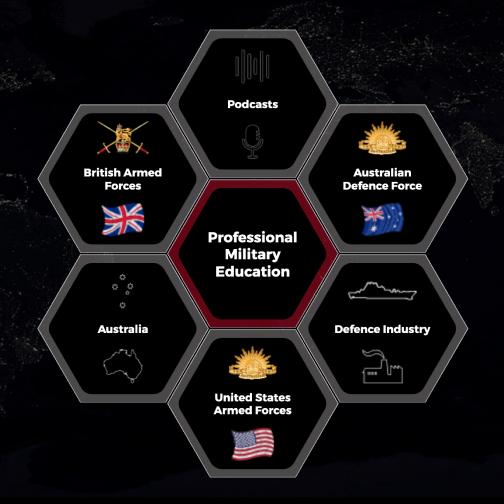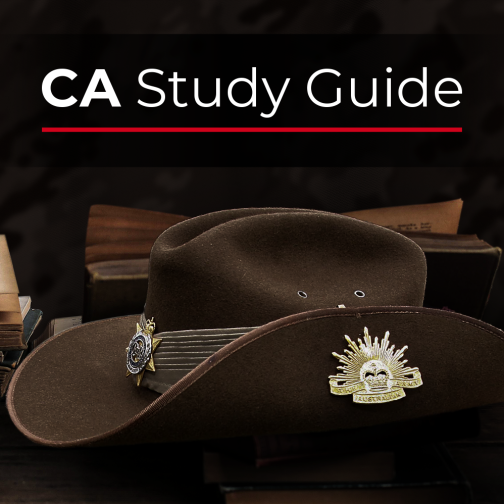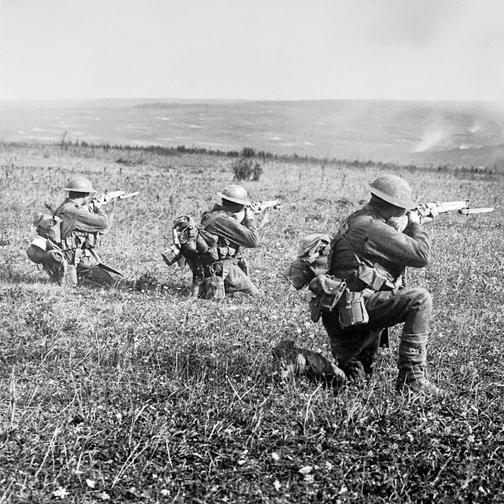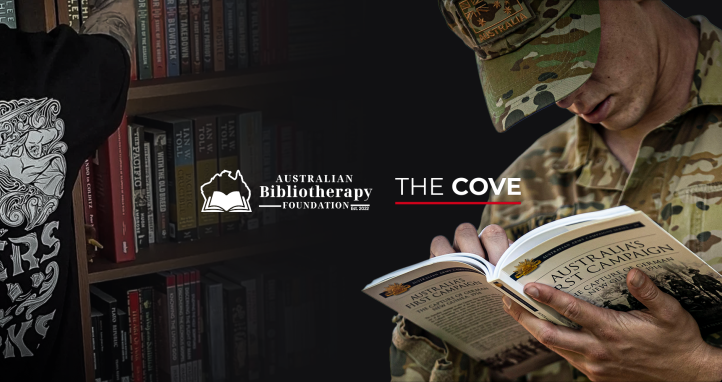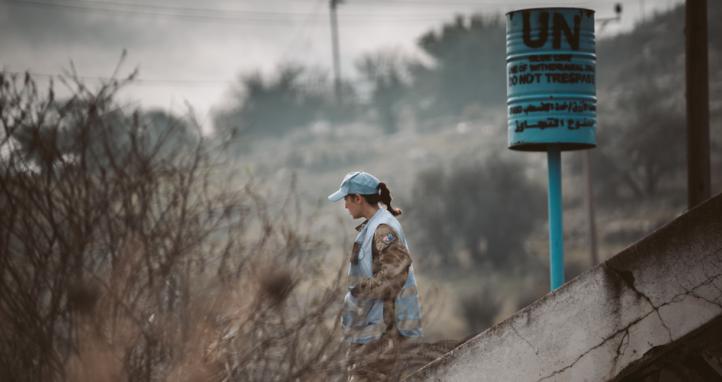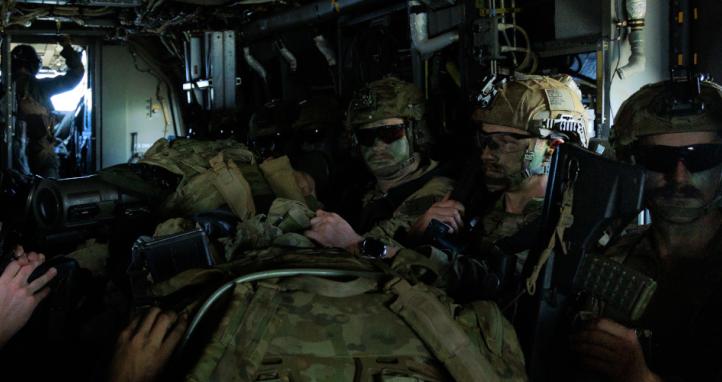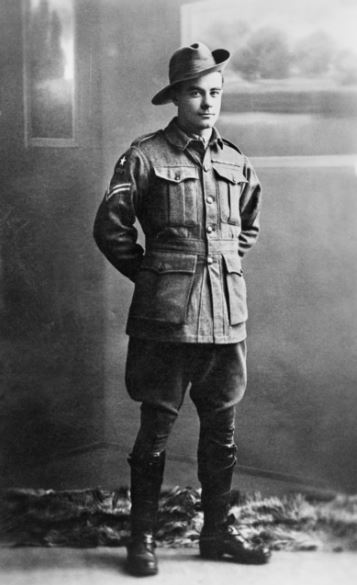
Corporal Arthur Percy Sullivan VC (1896-1937, 40yo)
Arthur Sullivan was born in Prospect, South Australia on 27 November 1896. After completing his schooling, he worked in banking, holding positions in Gladstone, Broken Hill, and Maitland. On 27 April 1918, he enlisted in the Australian Imperial Force and deployed as a reinforcement.
Sullivan transferred to the artillery on 5 October 1918, but the war ended before he could be assigned to a specific unit. On 23 May 1919, he was temporarily promoted to Corporal and five days later joined the British North Russia Relief Force, marking his discharge from the AIF. He was subsequently posted to the 45th Battalion, Royal Fusiliers.
On 10 August 1919, during operations along the Dvina River front, the British launched an offensive to destabilise Bolshevik forces and enable an orderly withdrawal from North Russia. Although the attack was successful with minimal casualties, Sullivan's unit became isolated. While fighting their way back, an officer and three soldiers fell from a narrow plank into a swamp along the Sheika River. Under intense enemy fire and without hesitation, Sullivan jumped into the water and rescued all four men, singlehandedly bringing each to safety.
The British evacuation from North Russia concluded by late September, and the relief force was demobilised in England. For his bravery, Sullivan was awarded the Victoria Cross.
He returned to Australia on 1 November 1919 and received his VC in a formal ceremony held in Adelaide in April 1920. After the war, he resumed his career in banking. Tragically, on 9 April 1937, he died following an accidental fall that resulted in a fatal head injury.
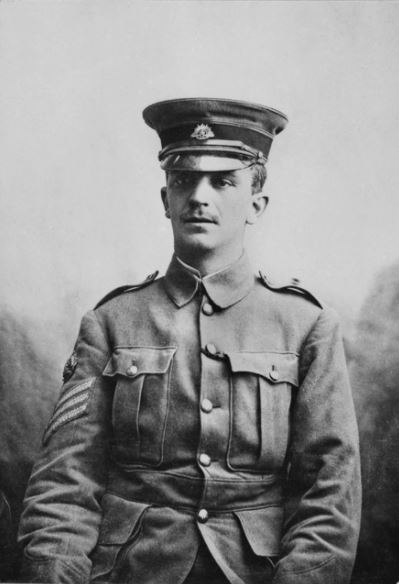
Lieutenant Colonel William John Symons VC (1889-1948, 58yo)
William Symons was born in Eaglehawk, Victoria on 12 July 1889. After completing his education, he worked as a commercial traveller. He also served for eight years in the Militia before enlisting in the Australian Imperial Force on 17 August 1914. He was posted to the 7th Battalion as a Colour Sergeant.
Symons embarked for Egypt in October 1914 and was promoted to Regimental Quartermaster Sergeant on 9 April 1915. He landed with his battalion at Gallipoli on 25 April 1915, and the following day was commissioned as a Second Lieutenant. On 2 July, he was promoted to Lieutenant.
In the early morning of 9 August 1915, during intense fighting at Lone Pine, Turkish forces launched a series of determined assaults on Jacob's Trench, resulting in the deaths or wounding of six Australian officers. Upon learning that the trench had been overrun, Lieutenant Colonel Harold 'Pompey' Elliott ordered Symons to reclaim the position, telling him, "I don't expect to see you again, but we must not lose that post." Symons led a charge that successfully expelled the enemy, but the position remained under fierce attack from multiple directions. Gaining approval to consolidate his position, Symons abandoned a short section of exposed trench and constructed a new barricade. Despite Turkish attempts to set fire to the overhead cover, Symons extinguished the flames and maintained the defences, ultimately forcing the attackers to withdraw. For his conspicuous gallantry, Symons was one of seven Australians awarded the Victoria Cross for actions at Lone Pine. He received the decoration from King George V at Buckingham Palace on 4 December 1915.
Symons returned to Australia in March 1916, but soon after re-deployed to the Western Front as a Captain in command of a company within the 37th Battalion. He was wounded on 27 February 1917 and later gassed during the Battle of Messines on 7 June 1917. He rejoined his unit in January 1918 and served in France until the end of the war. His AIF appointment was terminated on 7 December 1918.
During the Second World War, he served as a Lieutenant Colonel in the Home Guard from 1941 to 1944. William Symons passed away from a brain tumour on 24 June 1948.
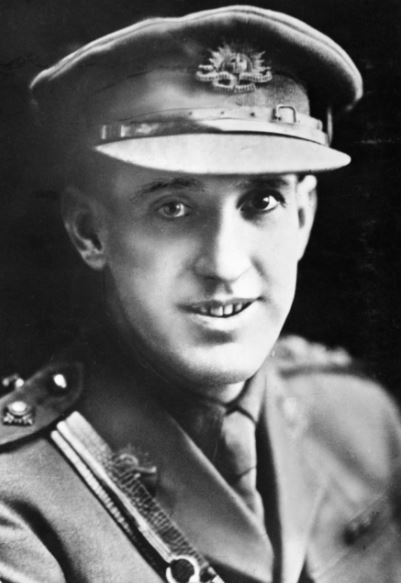
Captain Hugo Vivian Hope Throssel VC (1884-1933, 49yo)
Hugo Throssell was born on 26 October 1884 in Northam, Western Australia. After completing his schooling, he worked as a jackaroo. In October 1914, both he and his brother Ric enlisted in the Australian Imperial Force, joining the newly formed 10th Light Horse Regiment, with Hugo commissioned as a Lieutenant.
Initially held back in Egypt, Throssell joined his regiment at Gallipoli on 4 August 1915, just three days before the charge at the Nek. He led the fourth and final wave of the assault, which was halted after advancing only a short distance.
In the early hours of 29 August 1915, the 10th Light Horse Regiment was tasked with seizing a trench position at the summit of Hill 60, approximately 90 metres of which remained in Turkish hands. Throssell personally killed five enemy soldiers as his men constructed a barricade across the trench. A fierce and prolonged bombing duel followed, described as "a kind of tennis over the traverse and sandbags," in which both sides exchanged more than 3,000 bombs. Throssell and his men delayed their grenade throws until the last possible moment to maximise their impact, and even returned enemy bombs that had landed near them.
At dawn, the Turkish forces launched three assaults on the trench, but were repelled each time by concentrated bomb and rifle fire. Throssell, wounded twice and at times the only officer in command, led from the front, his face bloodied by shrapnel as he continued to shout encouragement to his men. For his exceptional bravery during the engagement, he was awarded the Victoria Cross—the first Western Australian to receive the honour in the war, and the only Light Horseman to be so decorated.
After being evacuated to England to recover, Throssell was promoted to Captain and rejoined his unit in Egypt. He was wounded again during the Second Battle of Gaza in April 1917, during which his brother Ric was killed. That night, Hugo crawled across the battlefield under fire, searching desperately among the wounded and dead, using the childhood whistle he had shared with Ric.
Throssell returned to his regiment and took part in the final offensives in Palestine, including leading the 10th Light Horse guard of honour during the entry into Jerusalem.
After the war, he married author Katharine Susannah Prichard. Deeply affected by his wartime experiences, he became a vocal socialist and critic of war. He attempted to resume life as a farmer, but never fully recovered from the psychological toll of his service. In 1933, he took his own life.
Last Reviewed 06/2025
